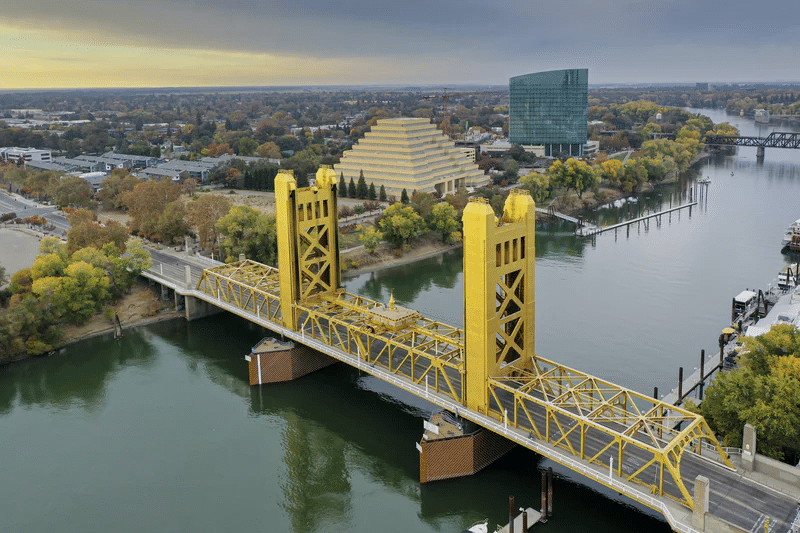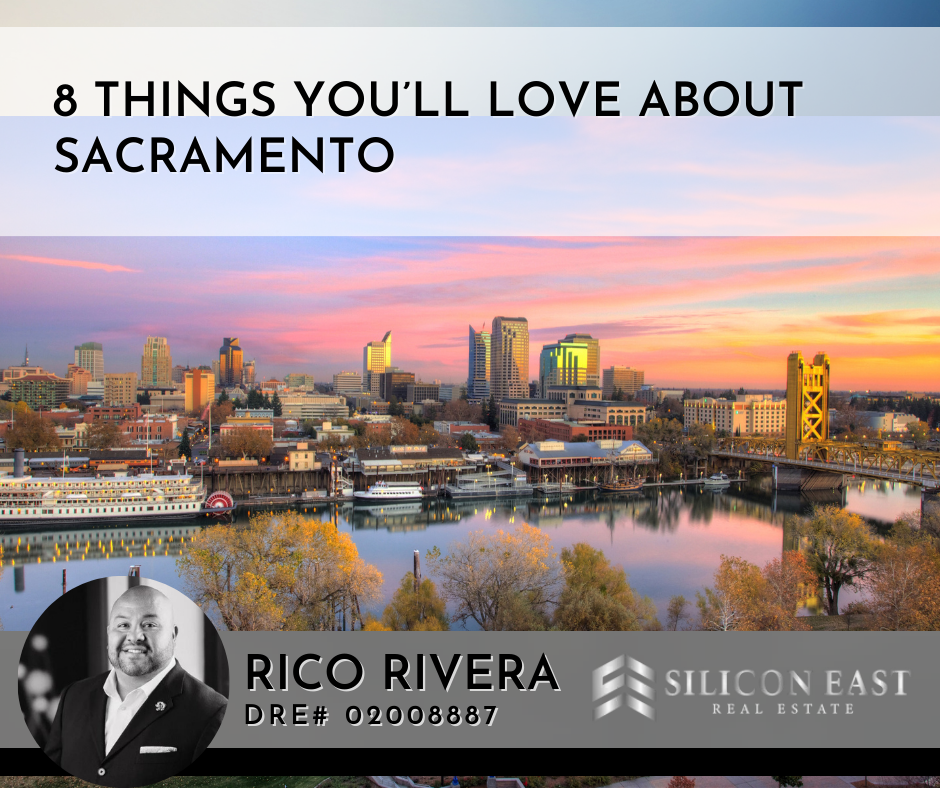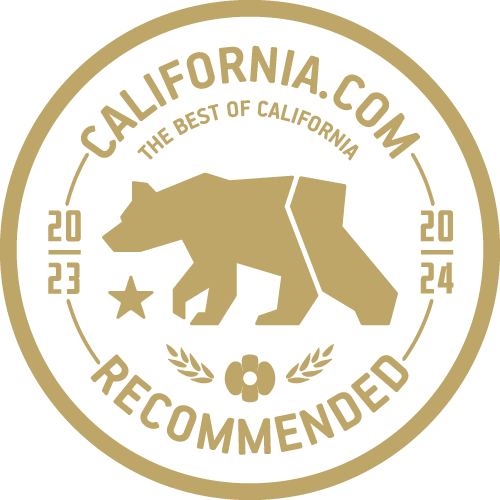Driving in Sacramento – Everything You Need To Know

Posted by:
Brooks Cutter from Cutter Law P.C.
Website:
https://cutterlaw.com/
Sacramento, the capital of California, is nestled in between the Sacramento River and the American River. Sacramento is known as America’s “Farm-to-Fork,” with over forty local farmer’s markets filled with delicious food and local produce, especially during those summer days. Both tourists and locals are drawn to exploring the historical attractions, parks, and museums, so understanding the best ways to get around safely is essential! This guide describes all of the best places to visit, problem areas where accidents happen, and the best ways to get around.
Major Sacramento Highways and Roads
California’s state highway system has been around since 1896 when California took over the Lake Tahoe Wagon Road, now known as US 50. In 1912, California voters approved having 3000 miles of additional roadways built, leading to the dense highway system that exists in California today. In Sacramento specifically, the major highways and roads include:
- I-5 (West Side Freeway) – This freeway parallels the Sacramento River as it enters the city. I-5 acts as the major north-south pathway for goods and services moving along the West Coast. This is also the road responsible for guiding passengers from places like San Diego and Los Angeles to Sacramento and its growing suburbs, such as Antelope and Carmichael. I-5 is notorious for causing significant traffic delays, prompting the city of Sacramento to debate whether they should relocate the highway or create a bypass around the city.
- I-80 (former US 40) – This is the area’s main east-west route, connecting Sacramento to the San Francisco Bay Area, and an easy connection to San Jose. This route formerly followed Business Loop I-80 directly into the city; however, the city rerouted the loop in the 1980s to follow the old Interstate 880 around Sacramento towards the north.
- Business Loop I-80 – This freeway is the original I-80 route prior to the mid-1980s. Business Loop I-80 is known as the hidden Interstate 305 between I-80 in West Sacramento and California 99.
- US 50 – This freeway is the primary road from Lake Tahoe, Carson City, and central Nevada. The road quickly changes from a two-lane mountain highway into a ten-lane freeway once it nears Sacramento. This is a cross-country road that interchanges with I-80 in West Sacramento.
- California 99 (former US 99) – This road approaches Sacramento from the south, joining with Business Loop I-80, seamlessly merging into I-5 northbound. This freeway is challenging to locate without a map.
- California 16 – This road is a split route, with the western part connecting California 20 in Colusa County with I-5 in Woodland. The eastern part begins at its connection with US 50 and continues southeast toward the Gold Country.
- California 84 – California 84 is Jefferson Boulevard, which is a north-south road that leads from the delta north in West Sacramento.
- California 160 – This is now a split route, with a portion running through downtown decommissioned in the early 2000s. The northern part is known as the North Sacramento Freeway, and the southern part follows the Sacramento River through Freeport Boulevard en route to the California Delta.
- California 275 (Tower Bridge) – This road crosses the Sacramento River, linking the Tower Bridge Gateway in West Sacramento to the Capitol Mall in Downtown Sacramento. The entire road is only 0.138 miles.
Other major roads and freeways include California 65, California 113, California 104, and California 193.
With the intricacies of the California roadway system and its many state and country roads, drivers should find ease in making travel arrangements and make the most of their time in the city. There are many things both tourists and locals can do while in Sacramento.
Popular Destinations in Sacramento
- California State Railroad Museum. This historic museum is more than 200,000 square feet and is among the world’s largest railway museums. When visiting this landmark, guests will find restored steam locomotives and railway coaches dating from 1862 to 1944. You can find this museum just west of I-5, on the east side of the Sacramento River:
- Sacramento State Capitol Museum. This structure was built in the 1860s and is one of the most visited attractions in Sacramento showcasing gorgeous Neoclassical architecture. Here, visitors can also see colorful gardens, tall palm trees, and many other tree and plant species from around the world on the grounds. Inside and out, this one of the most beautiful Capitol buildings in the United States. The building is in the heart of downtown Sacramento, just south of the area known as the “Mansion Flats” and past the Tower Bridge:
- Old Sacramento. Old Sacramento spans over eight blocks, tallying up to a whopping 28 acres. The area is lined with over 50 historic buildings all across the city’s waterfront and is designated as a National Historic Landmark. The area also includes the Old Sacramento State Historic Park, which has some Gold Rush-era structures, such as the Eagle Theater, built in 1849. The historic Old Sacramento buildings continue to be occupied by over 125 locally-owned shops, hotels, restaurants, and museums, making it a perfect destination for both tourists and locals. Some activities in Old Sacramento include taking a horse-drawn carriage ride, hopping on a riverboat excursion, or climbing onboard a vintage locomotive.
- Crocker Museum of Art. This museum holds an incredible collection of art ranging from the Gold-Rush era to the present day. Exhibits include European paintings, drawings, and American photography. The museum is named after Margaret Crocker who donated the original collection, creating the backbone of the museum. The museum’s main building is the Italianate Victorian-era mansion, known as a California historical landmark, and it’s listed on the National Register of Historic Places. The museum was founded in 1885, making it the oldest art museum west of the Mississippi River. Located south of the Tower Bridge, just east of I-5, this museum is a must-see when in Sacramento:













